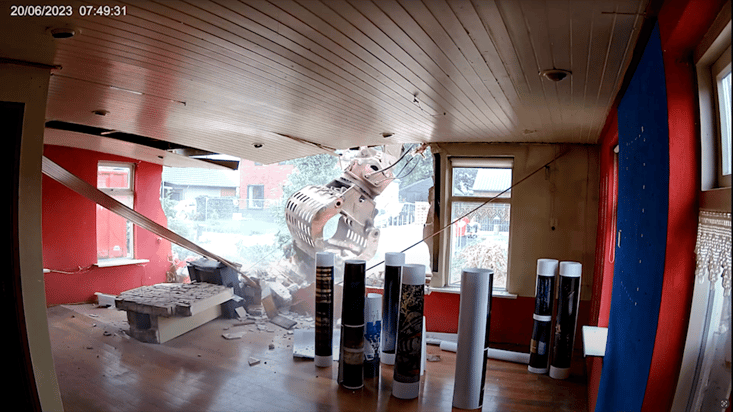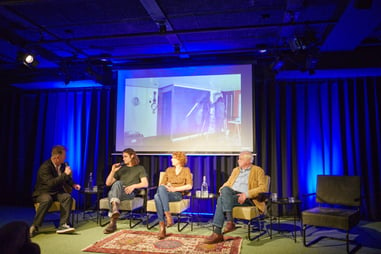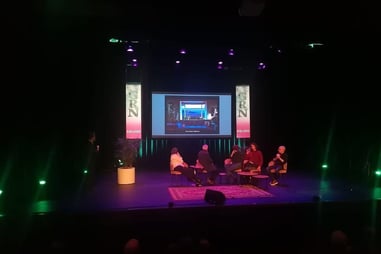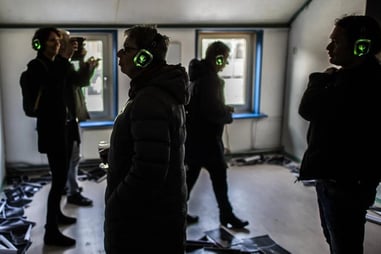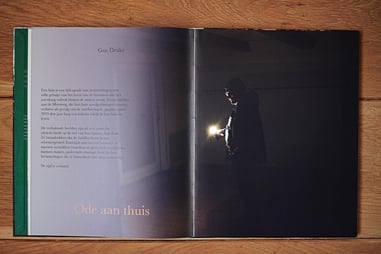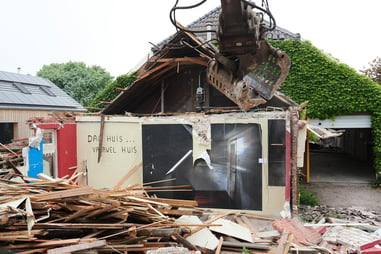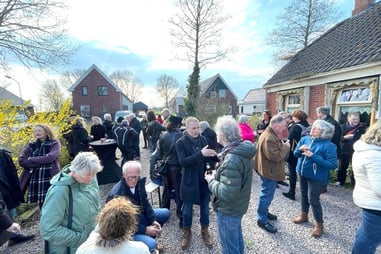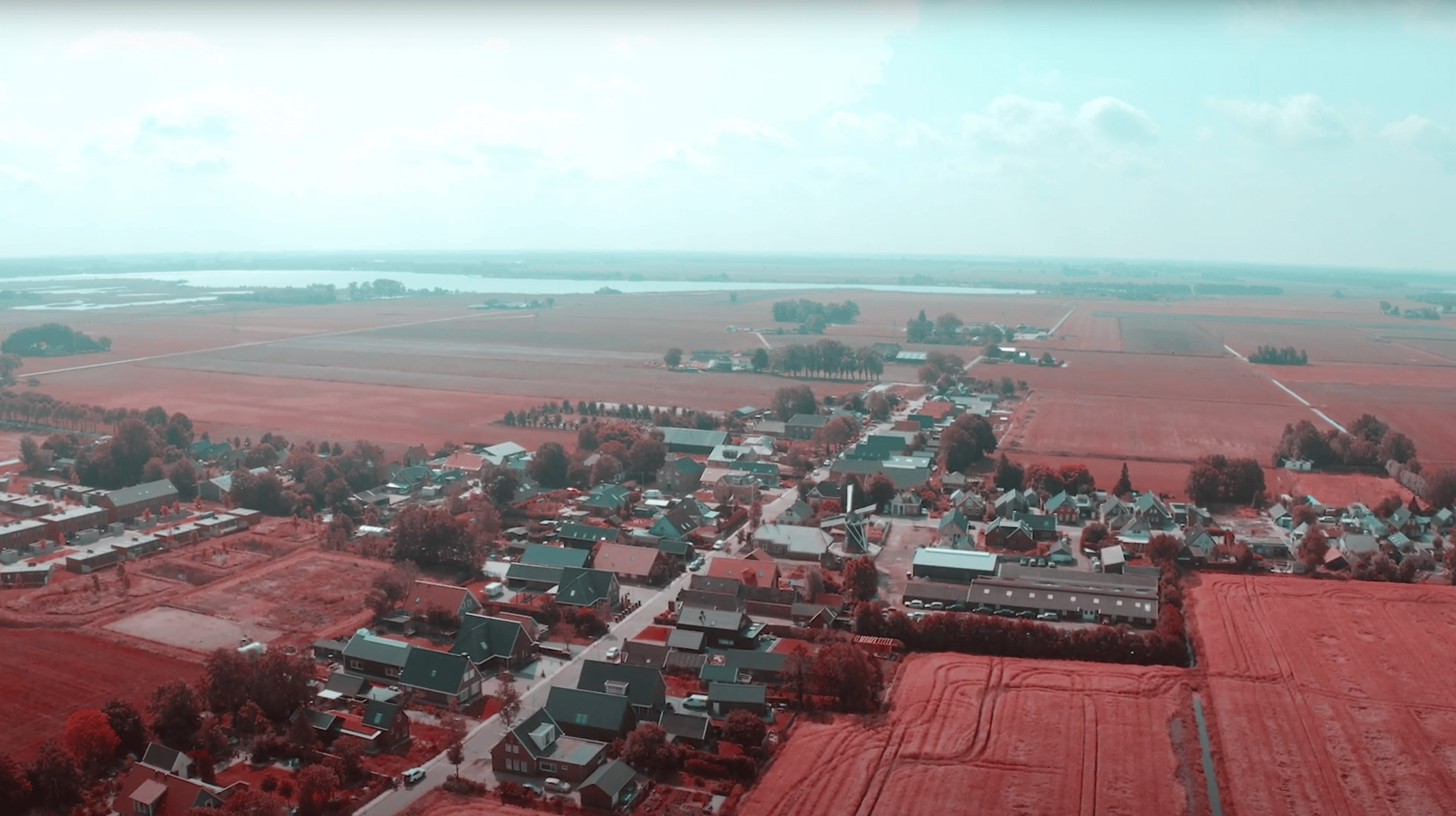
Introduction to Ode to Home
Ode to Home is a seven-year artistic exploration of the profound relationships between memory, identity, and place in the Groningen region of the Netherlands. This region, deeply scarred by the environmental and social consequences of decades of gas extraction, has witnessed the destruction of countless homes due to structural damage caused by induced earthquakes. The project centers on the village of Overschild, where 80% of the homes are slated for demolition, creating a poignant backdrop for a broader reflection on the meaning of home in the face of displacement and loss.
At its core, Ode to Home is an inquiry into the irreplaceable nature of home as a vessel of personal history and collective identity. It examines how spaces transcend their physical structures to hold the memories, dreams, and emotional connections of those who inhabit them. Through an interdisciplinary approach that integrates photography, video, immersive soundscapes, and community narratives, the project not only documents these homes but transforms them into living archives. This transformation serves as both a tribute to resilience and a commentary on the fragility of heritage in the Anthropocene—a time when human intervention increasingly shapes our environment.
The project unfolds through several key series and installations, each delving into different facets of the relationship between people and place. The 1460 Days series, for instance, is a four-year visual journey documenting the gradual decay and eventual demolition of a single home in Overschild. By capturing the subtle changes in light, texture, and atmosphere over time, the series highlights the transient nature of structures we often consider permanent. Another central element of the project is the use of camera obscura, where homes are converted into giant lenses, allowing them to metaphorically observe and record their own stories. This technique personifies the houses as silent witnesses to the passage of time and the memories they have sheltered.
The emotional depth of Ode to Home is enriched by the personal narratives of Overschild residents. Families have shared their experiences of living through displacement, their attachments to objects of sentimental value, and their reflections on the loss of their homes. These stories are woven into the visual and auditory elements of the project, offering an intimate glimpse into lives shaped by both resilience and fragility. For example, Emmy Kuilema and her husband, who lived in their home for over 40 years, painstakingly gathered stones from its ruins as symbols of memory to carry into their new home. Such acts of preservation underscore the deep connections between people and the spaces they inhabit.
Beyond its artistic exploration, Ode to Home actively engages the public. The project has been exhibited in renowned venues such as the Groningen Museum and featured in community-focused events like workshops and artist talks at Pakhuis de Zwijger. These platforms allow for a dialogue that bridges the personal and the collective, inviting audiences to reflect on their own connections to home and the broader implications of environmental change and displacement. The project has also been supported by partnerships with organizations like the Mondriaan Fonds, further enabling its reach and impact.
Through its interdisciplinary methodology and deeply human approach, Ode to Home addresses universal themes of loss, resilience, and belonging. It challenges viewers to consider what is truly lost when a home is destroyed—not just bricks and mortar, but the intangible threads of memory, trust, and love that weave through its walls. By turning these spaces into immersive archives, the project invites audiences to confront the fragility of our shared heritage and to find empathy and solidarity in the stories of others.
Ultimately, Ode to Home is a testament to the enduring significance of place in shaping who we are. It is a call to honor the connections between people and the environments they inhabit, even as those environments are irrevocably altered. Through its layered narratives and sensory experiences, the project seeks to preserve the essence of what makes a house a home and to inspire a deeper awareness of the forces that shape our world.
